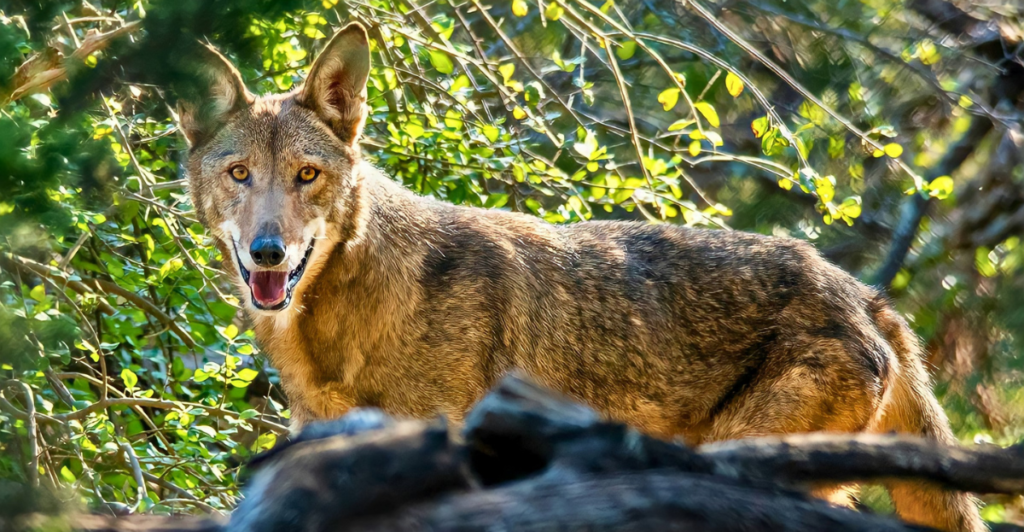
Deep in Missouri and Texas, there is growing talk about conservation that has the potential to change the fate of one of the world’s most threatened animals—the red wolf. These phantom canids, referred to as “ghost wolves” by locals, have provoked curiosity and optimism.
Though they were believed to be coyote-red wolf hybrids, they are something more fascinating. Their DNA may be the answer to bringing the red wolf back from the edge of extinction.
This is not only a matter of bringing back a species, but also of questioning how we save and define wildlife in the contemporary era. The ‘ghost wolves’ are perhaps the lifeline that the red wolves so critically need to revive and flourish. But the path forward is uncertain.
The Red Wolf’s Vanishing Act
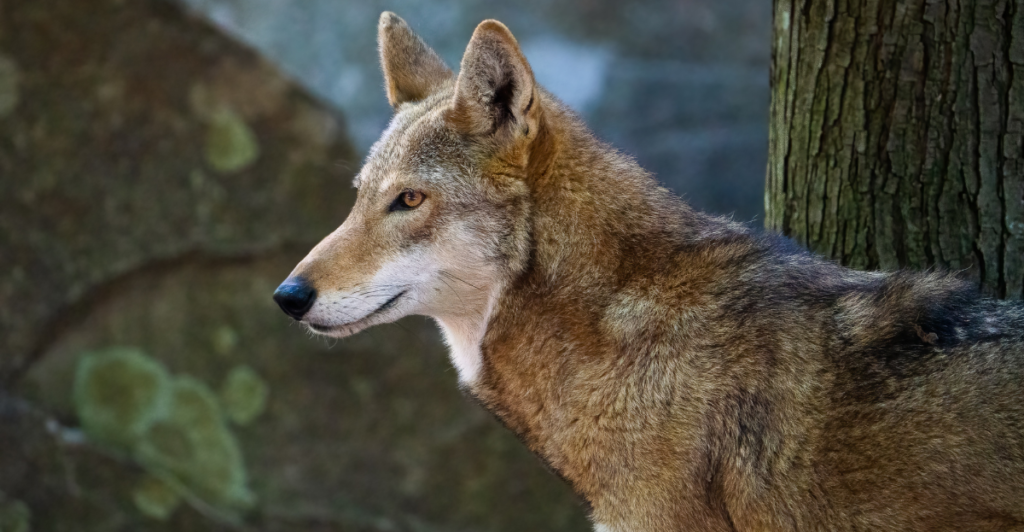
The red wolf (Canis rufus) formerly occupied the whole southeastern United States, from Texas to New York, and was a vital component of its ecosystem.
The species was pushed to the verge of extinction due to hunting, habitat loss, and encroachment by domestic livestock, culminating in the 1970s. In 1980, the red wolf was officially considered extinct in the wild, with just a small captive population remaining.
In the intervening years, conservation efforts re-established a small, fragile population, primarily in North Carolina. With fewer than 20 wild red wolves remaining today, the fate of the species hangs in the balance. That’s where the “ghost wolves” enter the picture.
Who Are the Ghost Wolves?
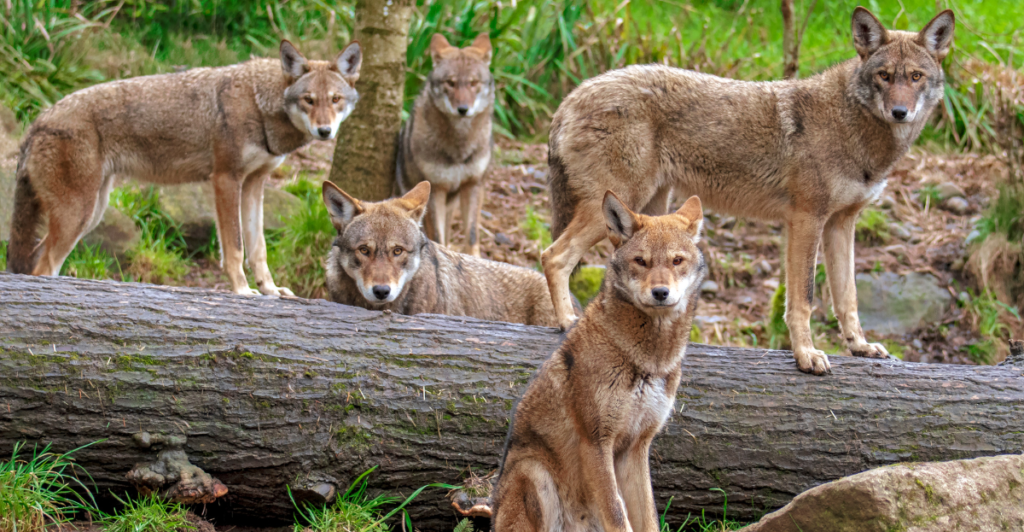
The “ghost wolves” are a mysterious population of canids that exist around Galveston, Texas. Previously believed to be a coyote-red wolf hybrid, the animals have been causing a stir in the scientific community.
It was found, through genetic testing, that the animals contain a high proportion of red wolf DNA—DNA that has been lost in captive populations. Though their appearance may indicate coyote parentage, genetics paint a different picture.
These results provide the potential for these “ghost wolves” to fulfill the important function of helping to replenish the red wolf population, providing a potential genetic infusion for a species that has suffered from inbreeding.
Genetic Significance
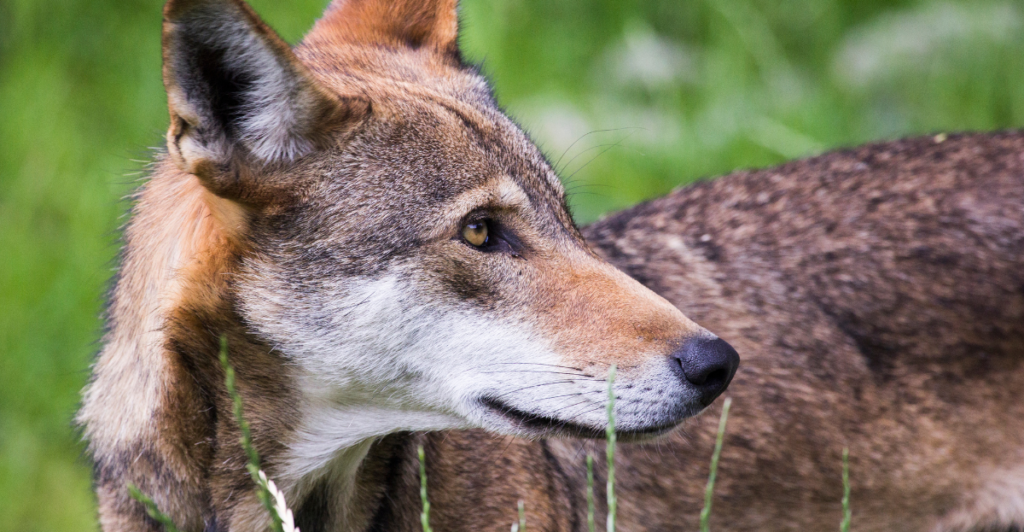
The genetics of the ‘ghost wolves’ are very important to the future of red wolf conservation. These wolves carry genetic characteristics that have been absent from captive red wolf populations.
The genetic variation is necessary for any species’ survival, as it adapts to and withstands evolving environments. The ‘ghost wolves’ would bring in new genetic material, which would assist in fighting the issue of inbreeding in the red wolf population.
With a robust gene pool, conservationists are hopeful they can enhance the species’ prospects for survival. The possibility of retrieving lost genetic traits in red wolves represents a breakthrough that could significantly contribute to the long-term health of the species.
Missouri’s Conservation Role
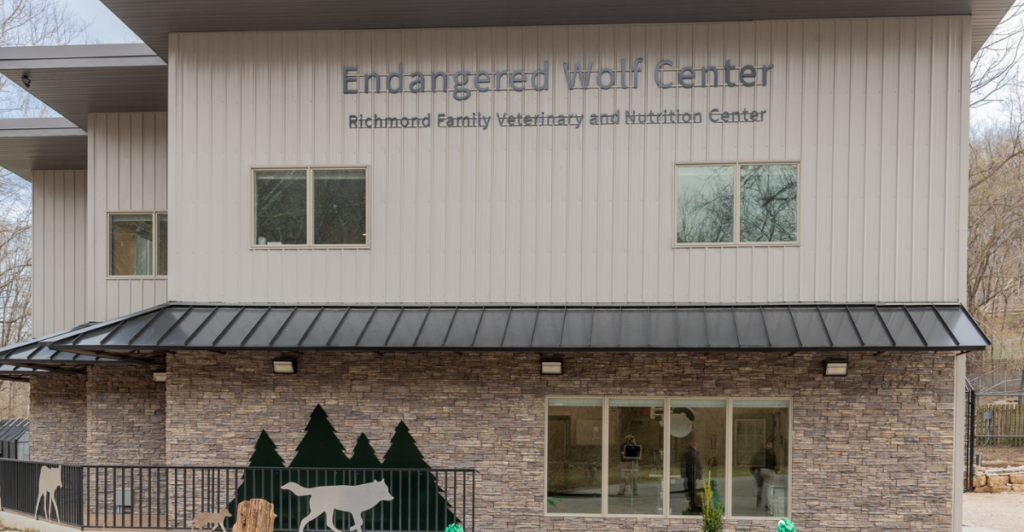
The Missouri Endangered Wolf Center (EWC) is at the forefront of red wolf conservation. With decades of experience in breeding and reintroducing the species, EWC is well-suited to investigate the possible role of the ‘ghost wolves.’
A major new project, supported by a $2.1 million grant from the National Science Foundation, will bring some of the ‘ghost wolves’ to Missouri for study.
Scientists will be observing their behavior, genetics, and potential for breeding with the existing red wolf population over the course of the next five years. The EWC can play a key role in the ongoing efforts to prevent extinction.
The Gulf Coast Canine Project
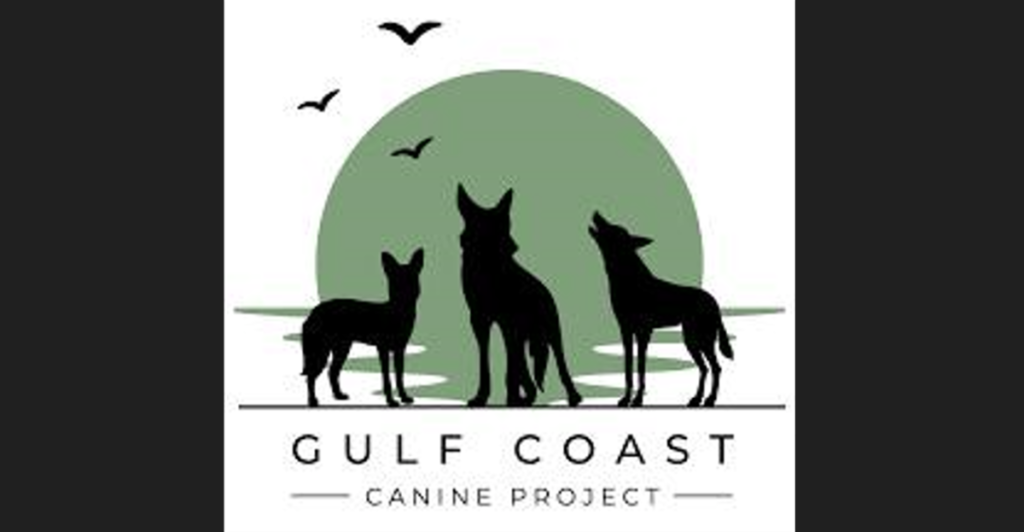
The Gulf Coast Canine Project is a multi-institutional, collaborative effort to research and conserve the “ghost wolves.” The project integrates state-of-the-art field research with genetic investigation into the animals’ genetic and ecological significance.
Scientists are using trail cameras, DNA sampling, and behavioral observations to learn more about the ecology of the canids and their interactions. The multilateral effort will provide the foundational insights into genetic health and the ecological role of the animals.
The project also collaborates with the local communities for awareness and long-term conservation of these animals and their habitat. The Gulf Coast Canine Project is a new paradigm for wildlife conservation that incorporates science and public engagement.
Challenges Ahead
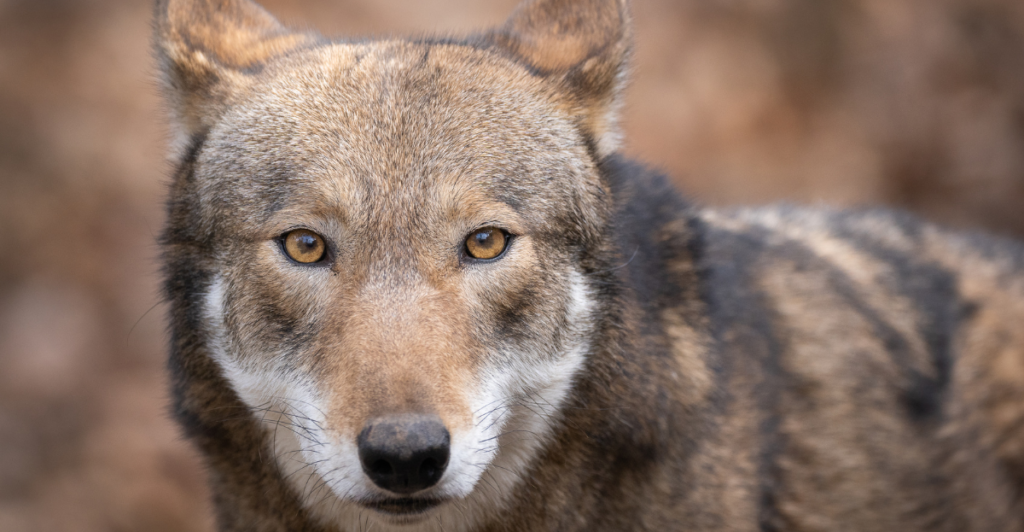
Although the ‘ghost wolves’ discovery is encouraging, the journey to their inclusion in red wolf conservation is filled with challenges. One of the primary concerns is the ethical dilemna of hybridization.
It is argued that infusing hybridized animals into the gene pool would compromise the genetic integrity of the red wolf. Some are concerned about the effects that such animals would have on regional ecosystems.
Practical concerns also exist, including gaining public and governmental approval, carefully managing hybridization, and making sure that the science supporting such initiatives is sound. These problems will be resolved by cautious planning, candid communication, and ongoing research.
Wider Implications
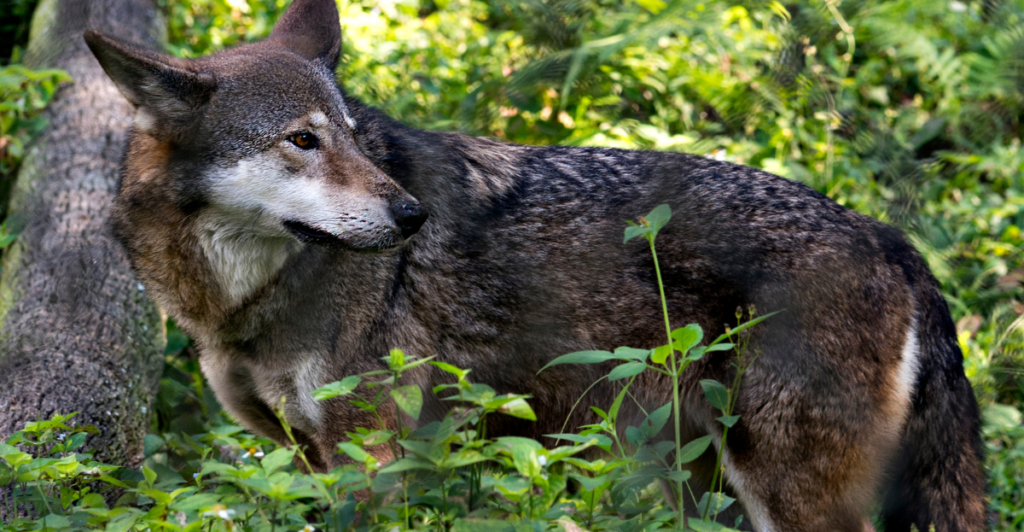
The ‘ghost wolves’ discovery has wider implications for conservation biology. It defies conventional notions of species and hybridization and underscores the value of genetic diversity in wildlife reintroduction programs.
The ‘ghost wolves’ highlight the need for adaptive conservation approaches that can react to the dynamics of shifting ecosystems and species interactions.
The ‘ghost wolves’ scenario demands a more flexible, science-based conservation strategy that embraces hybridization and genetic exchange as potential tools for preservation. The finding can inform future conservation efforts on other endangered species that are suffering from the same genetic issues.
Community Engagement
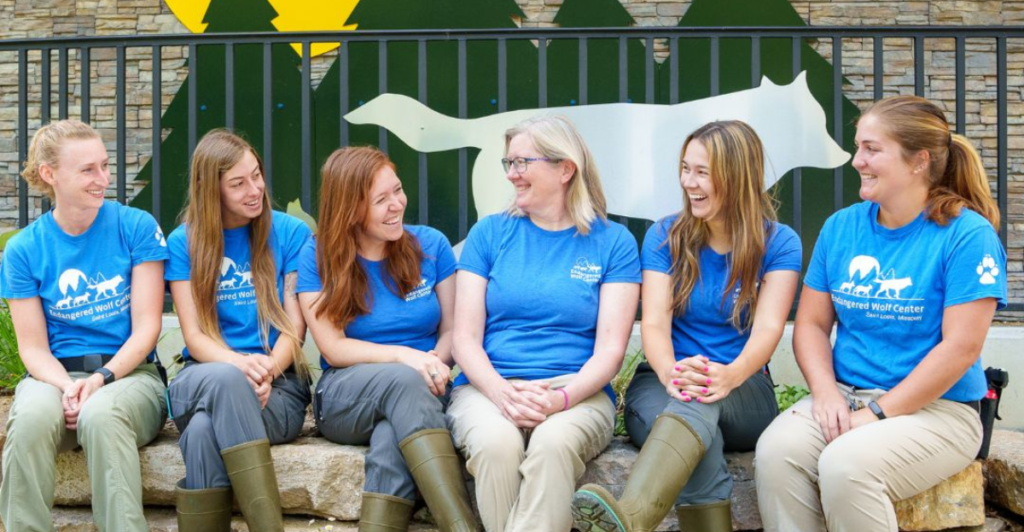
Public participation is a critical component of the conservation effort. For the ‘ghost wolves,’ local communities play a significant role in the monitoring and support of conservation efforts.
Citizen science initiatives allow people to participate in monitoring sightings and provide useful data. Public education programs are also vital for raising awareness and supporting conservation efforts.
Involving the locals in conservation efforts not only supports the protection of species like the red wolf but also promotes a culture of nature conservation. While conservationists strive to rescue the red wolf, community engagement helps to ensure that these efforts are both sustainable and well-received.
A Promising Future for the Red Wolf
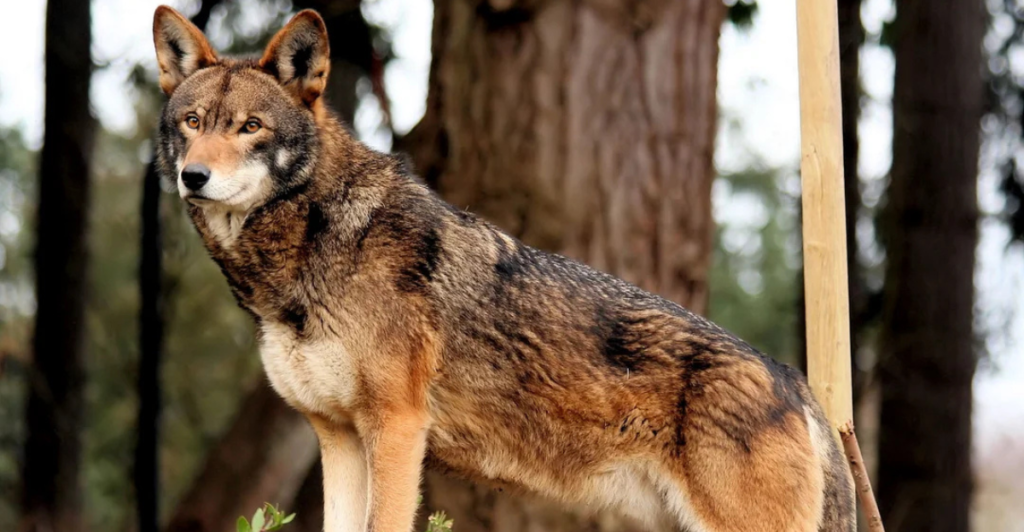
The ‘ghost wolves’ can lead the way to a better future for the red wolf, but it will require time, patience, and thoughtful planning. Researchers are optimistic that these canines will assist in raising the genetic diversity of the red wolf population and enable their eventual reintroduction into the wild.
Through the continued efforts of organizations such as the Endangered Wolf Center, the Gulf Coast Canine Project, and the conservation community at large, it is hoped that the red wolf will not only survive, but flourish once again.
Lessons from this project could someday be applied to rescue other species with the same issues, providing hope for biodiversity conservation worldwide.
Explore more of our trending stories and hit Follow to keep them coming to your feed!

Don’t miss out on more stories like this! Hit the Follow button at the top of this article to stay updated with the latest news. Share your thoughts in the comments—we’d love to hear from you!







